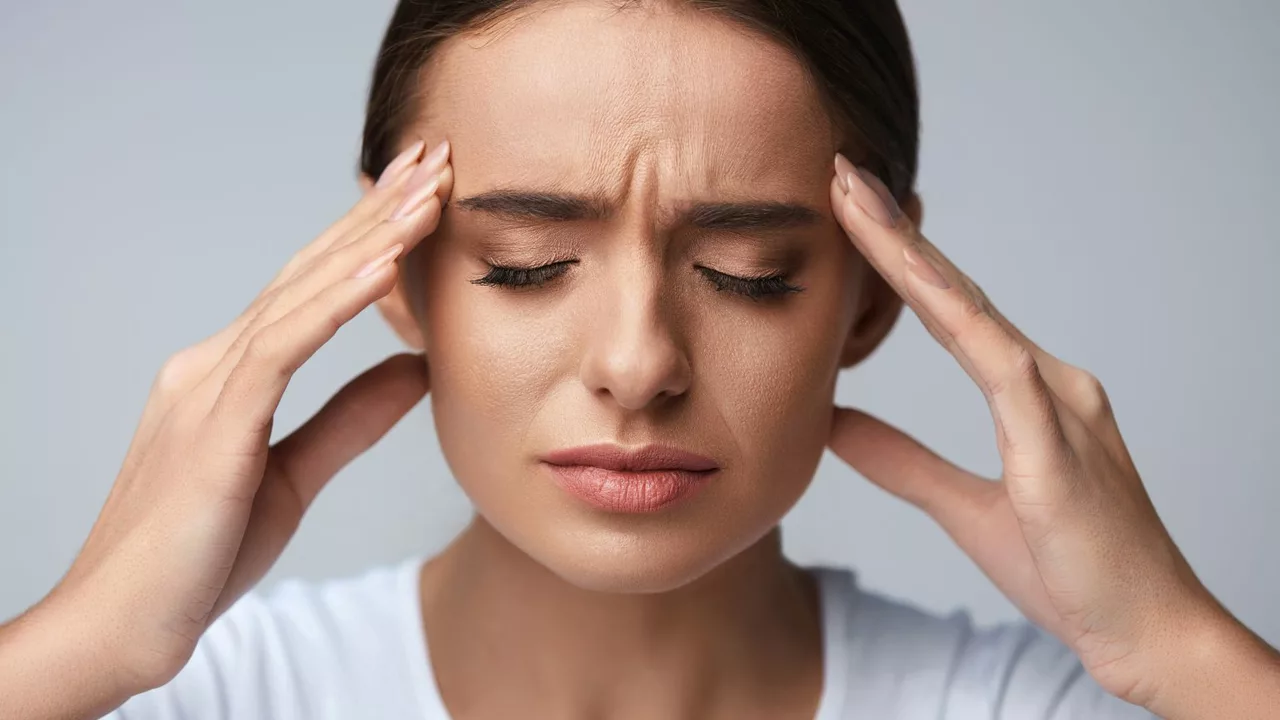Migraine Headaches: Smart Strategies for Relief and Medication Choices
Migraine headaches aren’t just bad headaches—they’re a whole different animal. If you’ve ever had that throbbing pain on one side of your head, you know it can mess up your whole day. Light, sound, even a whiff of perfume might make things worse. Most folks with migraines look for real fixes that don’t waste time or money.
The weird thing is, what triggers one person’s migraine might not bug the next. Some swear by keeping a headache journal. Write down what you eat, how you sleep, stress levels, weather changes—anything you notice when an attack hits. Common culprits? Think chocolate, red wine, hormonal swings, skipped meals, and weird sleep schedules. If you nail your patterns, you’ll know what to dodge.
But, avoiding triggers isn’t always enough. That’s when meds come into play. Over-the-counter options like acetaminophen, ibuprofen, or aspirin help for minor attacks. But if those don’t do the job, plenty of folks end up needing prescription treatments. Triptans, for example, go right for the pain and stop it in its tracks for most people if you take them early. Sumatriptan is probably the best known. There are nasal sprays and dissolvable tablets if swallowing pills seems impossible during an attack.
Some people can’t use triptans because of heart issues or side effects. Thankfully, other prescriptions exist: CGRP blockers (like ubrogepant), gepants, and ditans are newer players. These may come as tablets, nose sprays, or even injectables—talk to a doctor about what fits you best. If headaches are ruining your week more than once or twice a month, taking a daily preventive might be worth it. Options range from blood pressure meds (propranolol, nadolol), seizure drugs (topiramate, valproic acid), to antidepressants. They each have their quirks and side effects, so it’s not one-size-fits-all.
Supplements get a lot of buzz, too. Magnesium, riboflavin (B2), and coenzyme Q10 can help some people keep attacks at bay, but don’t expect miracles overnight. Always double-check that supplements don’t mess with your current meds. If standard painkillers or migraine drugs aren’t working, sometimes simple changes—like better sleep hygiene, hydration, or regular meals—go a long way. Biofeedback therapy and cognitive-behavioral therapy (CBT) aren’t magic, but they’re solid for people with stress-triggered attacks.
If prescription meds bug your stomach, look for those you can dissolve or take up the nose. For nausea, meds like metoclopramide can help during an attack.
Doctors now offer Botox injections or monthly self-injectable meds for chronic migraine. These sound intense, but for people missing out on life, they can be game changers.
Migraine headaches can make you feel powerless, but you don’t have to live at their mercy. Track your triggers, talk clearly with your provider about med options, and never feel embarrassed to ask for something new if what you’re trying isn’t working. You’re not stuck—there’s always another strategy to try.
Can azelastine help with migraine headaches?
In my research on the connection between azelastine and migraines, I've found some interesting points. Azelastine is primarily an antihistamine, often employed to treat symptoms of allergies. However, its efficacy in alleviating migraine headaches is not well-established. Some anecdotal evidence suggests a possible benefit, but conclusive scientific studies are lacking. Therefore, it's crucial to consult with a healthcare provider before using azelastine for migraines.
